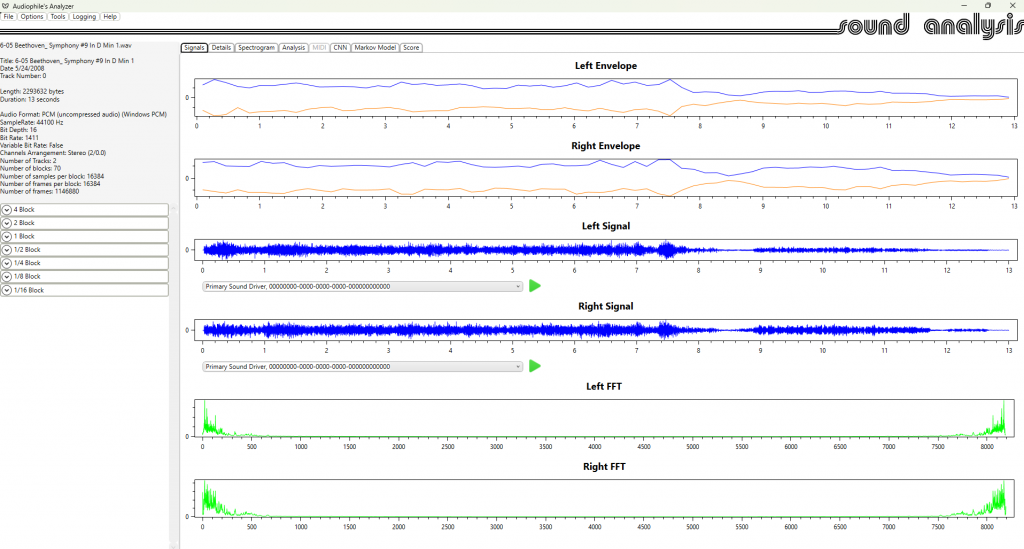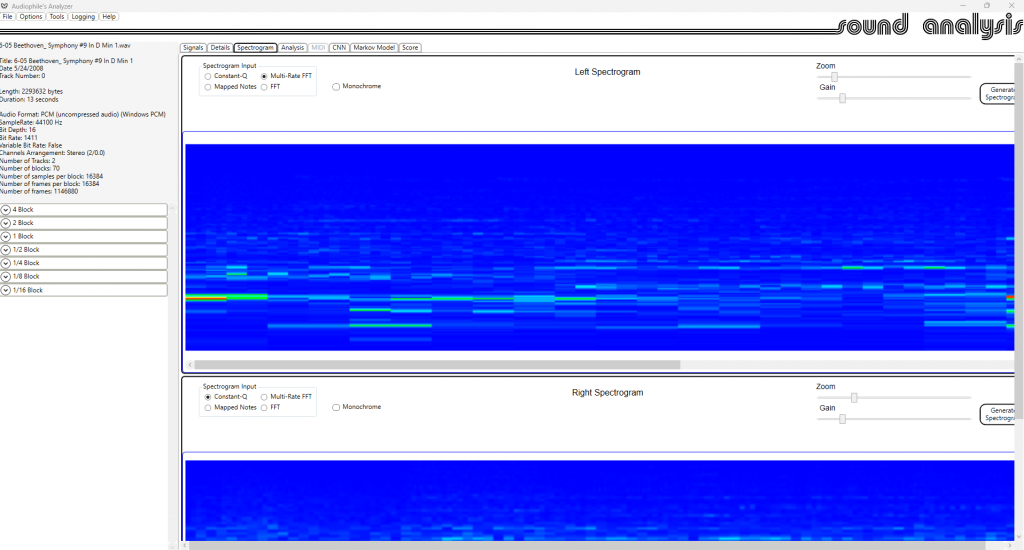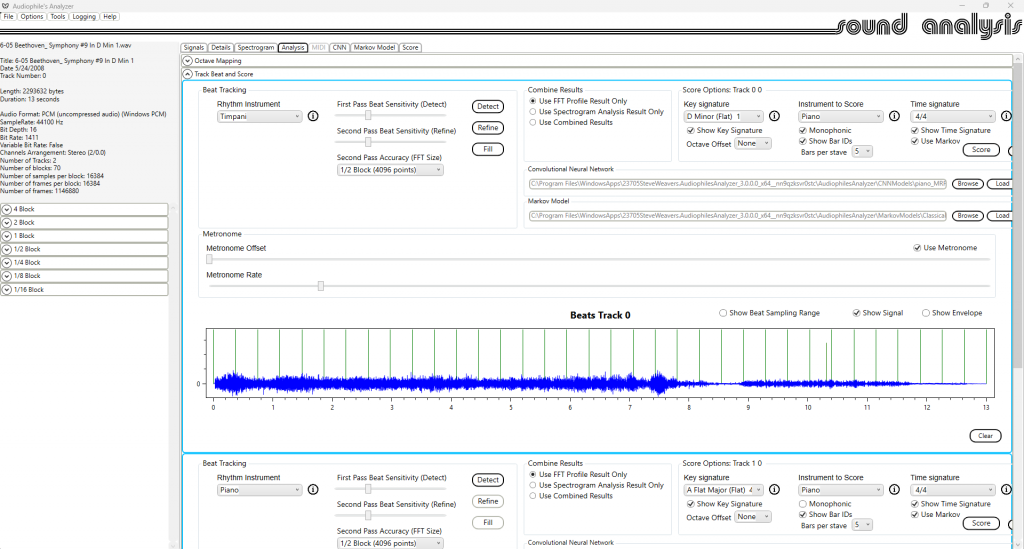Back in 1986 when I was looking for funding for the first hardware version (SA-10) http://sound-analysis.com/history/ I went to see Yamaha. I had left Yamaha until last as I always thought that they could be competition, but I’d run out of venture capitalists. I showed them the prototype, and gave a pretty good demo. They looked interested, but I got a letter saying that they were already funding research into this problem at a university (Berkeley I think), and didn’t want to duplicate the effort. They included some literature about the research. This research was aimed at transcribing recorded music. This is a more difficult problem for a couple of reasons (multiple instruments, and the need for beat extraction).
37 years later, nobody else has attempted transcription from a live instrument, but research into recorded music transcription still goes on with nothing useful to show for it https://www.music-ir.org/mirex/wiki/2021:Main_Page .
The Audiophile’s Analyzer is my approach to the problem. By allowing the user to interact with the transcription process and apply any prior knowledge they may have, the transcription process can be improved. Most of the graphics for generating the score from the Musician’s Workbench has been re-used. The audio acquisition and analysis are new.
Version 2 has been updated to include :
AI functionality to allow the user to use Convolutional Neural Networks for music transcription.
Constant Q and Multi-rate FFT spectrograms.
Tools to allow the user to configure and train CNNs for specific instruments.
Built in CNN models for alto sax, double bass, bassoon, cello, clarinet, flute, french-horn, guitar, piano, oboe, tenor sax, trombone, tuba, and violin.
Version 3 includes Markov Models to improve chord accuracy.
Version 3.1 Has CNN models for polyphonic instruments updated to support chords.




Audiophiles Analyzer Users Guide
Leave a Reply